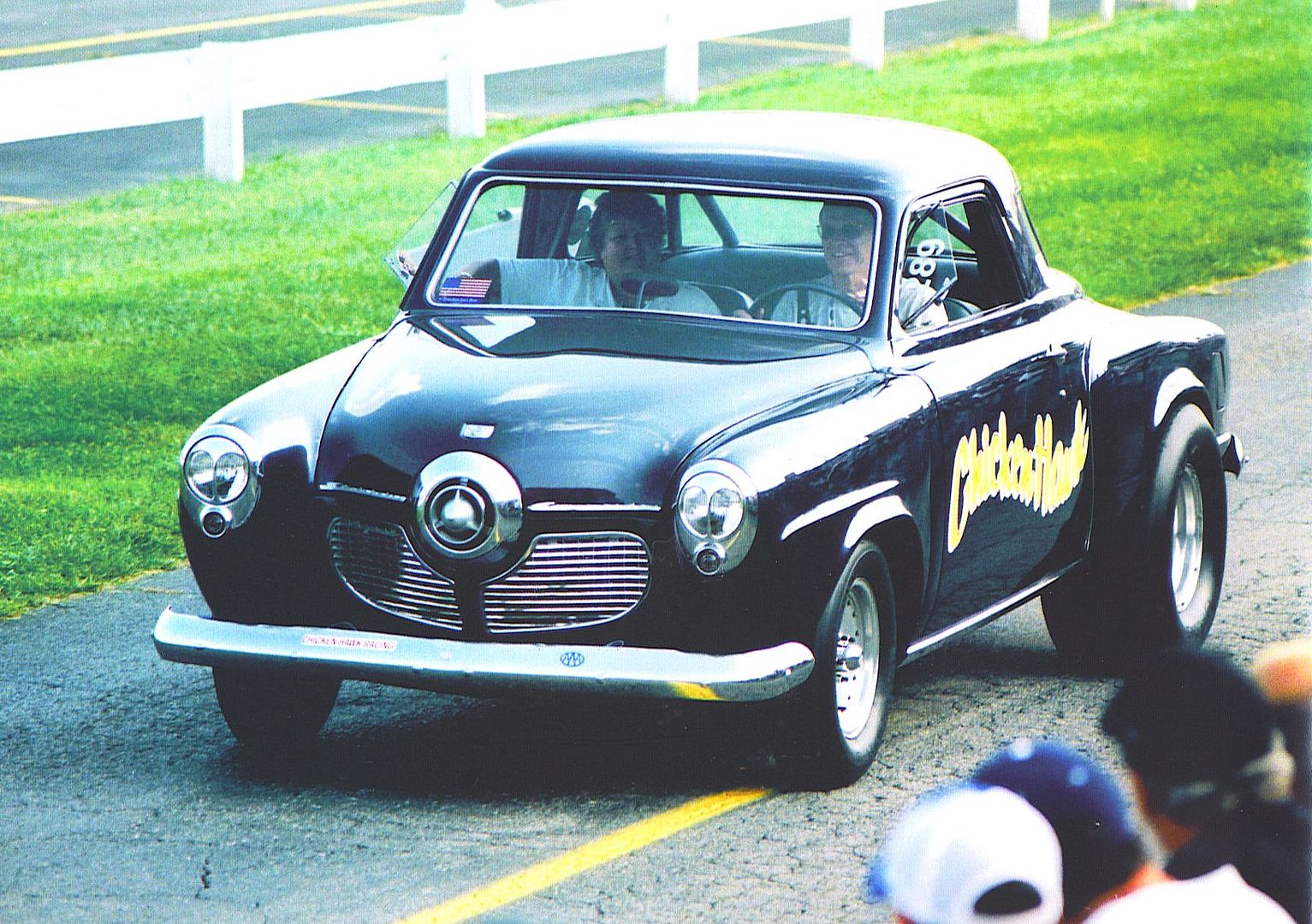My Golden has the Stromberg WW 2 barrel carb and runs a fixed pulley Paxton supercharger. I have completed my fuel system upgrade as follows:
Removed mechanical fuel pump, installed Holley Blue electric with adjustable Aeromotive return style pressure regulator. Plumbed 3/8" return line to tank. Regulator as near carb as possible to keep cool fuel circulating to help eliminate vapor lock. Regulator is boost sensitive and is regulated by hose nipple on blower outlet similar to stock mechanical pump.
My question: I have the regulator adjusted to about 3psi at idle. As RPM increases the boost coming out of the supercharger nozzle signals the regulator to increase the pressure. At freeway speeds it runs about 6psi, a little more if I'm going over 70-75 mph. I don't want excess pressure overpowering the float needle and cause fuel to overflow. I still have the brass float needle, thinking of switching to rubber (Viton) tipped needle.
Does anyone know what pressure the WW can safely handle? Supercharged motors need variable pressure. I just don't know what is acceptable.
I've had so many different answers and theories thrown at me I was hoping someone hear has the answer.
Thanks!
Kirk
Removed mechanical fuel pump, installed Holley Blue electric with adjustable Aeromotive return style pressure regulator. Plumbed 3/8" return line to tank. Regulator as near carb as possible to keep cool fuel circulating to help eliminate vapor lock. Regulator is boost sensitive and is regulated by hose nipple on blower outlet similar to stock mechanical pump.
My question: I have the regulator adjusted to about 3psi at idle. As RPM increases the boost coming out of the supercharger nozzle signals the regulator to increase the pressure. At freeway speeds it runs about 6psi, a little more if I'm going over 70-75 mph. I don't want excess pressure overpowering the float needle and cause fuel to overflow. I still have the brass float needle, thinking of switching to rubber (Viton) tipped needle.
Does anyone know what pressure the WW can safely handle? Supercharged motors need variable pressure. I just don't know what is acceptable.
I've had so many different answers and theories thrown at me I was hoping someone hear has the answer.
Thanks!
Kirk

 BP
BP
 We've got to quit saying,
We've got to quit saying, 
 BP
BP

 BP
BP
 Maybe someone who actually understands it, can explain.
Maybe someone who actually understands it, can explain.
Comment